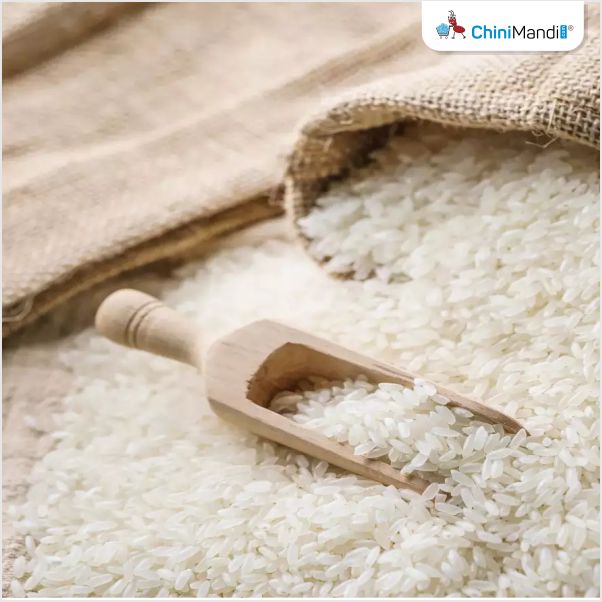The government’s central rice reserves have continued to climb sharply in FY25, despite record offloading through various distribution and market initiatives. Officials say this rise is mainly due to high procurement levels and a strong harvest, outpacing the volume of rice being distributed or sold, reported Financial Express.
News report citing sources stated that around 4.63 million tonnes of rice have been released into the market from Food Corporation of India (FCI) stocks through different programs since the beginning of the fiscal year. These include subsidised bulk sales, state allocations, ethanol manufacturing, and the Bharat Rice initiative. Even after this, the central pool currently holds more than 59 million tonnes of rice—over four times the buffer norm of 13.54 million tonnes required for July 1.
Officials noted that the current stock includes approximately 21 million tonnes of grain still to be received from millers. The ongoing surplus is largely driven by annual procurement exceeding 50 million tonnes, while only about 36 million tonnes are distributed through the public distribution system each year.
Food Secretary Sanjeev Chopra downplayed concerns about a potential storage crunch in the coming months. He said the situation had improved significantly compared to three to four months ago. He added that grain would continue to be allocated under the public distribution system from June until fresh arrivals begin following the next procurement season, which starts on October 1.
Once the government agencies purchase paddy from farmers at the minimum support price, it is sent to millers for processing. Officials expect the new season’s actual rice supplies to begin reaching storage facilities by December, a couple of months after procurement starts.
Meanwhile, the government is continuing its free grain distribution under the Pradhan Mantri Garib Kalyan Anna Yojana, which currently benefits around 810 million people with five kilograms of food grains per person each month. The scheme, which has been extended until the end of 2028, is expected to cost the government ₹11.8 trillion.
At the start of this fiscal year, the economic cost of rice—factoring in procurement, storage, transportation, and other expenses—stood at ₹41.73 per kilogram. With the growing surplus, this figure is expected to rise, increasing pressure on the government’s food subsidy budget.
Sources have warned that unless rice stocks are reduced to more sustainable levels, the cost of maintaining the inventory will continue to climb, placing a significant financial burden on the exchequer. In comparison to FY25, only 0.64 million tonnes of rice were offloaded in the previous fiscal year, with just 0.19 million tonnes sold to bulk buyers under the Open Market Sale Scheme. The dramatic increase in offloading this year has so far failed to make a dent in the growing surplus.














